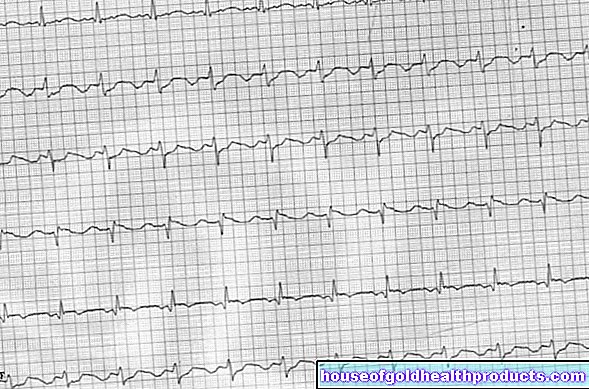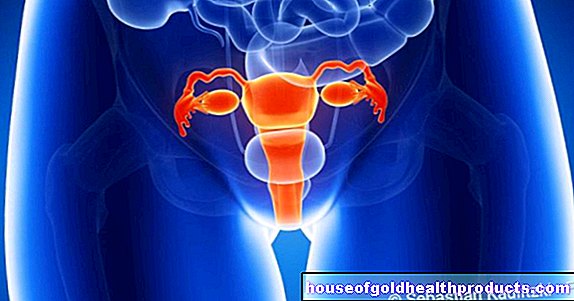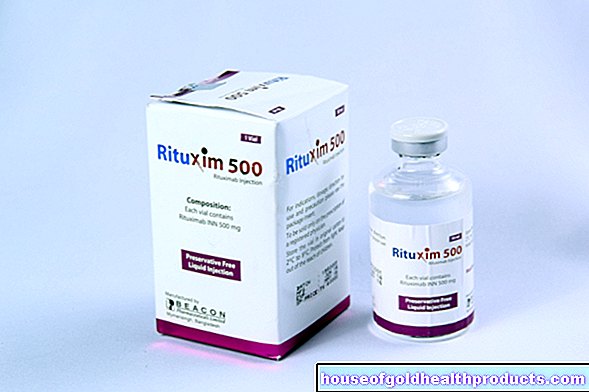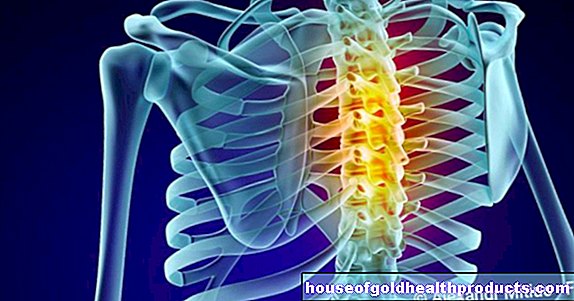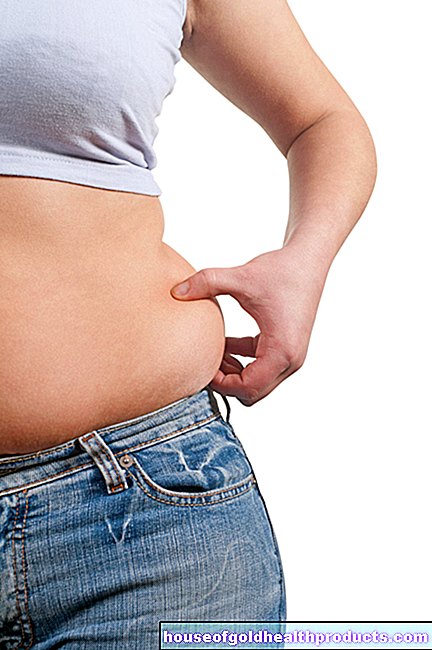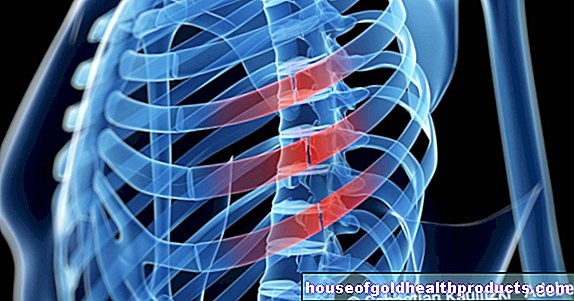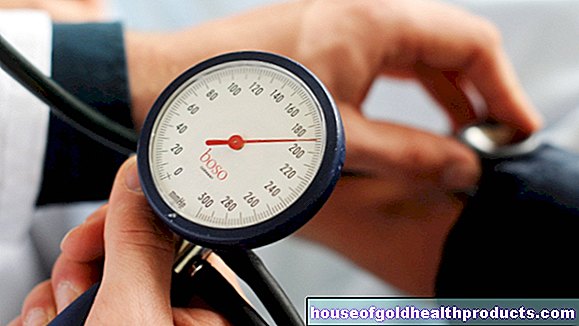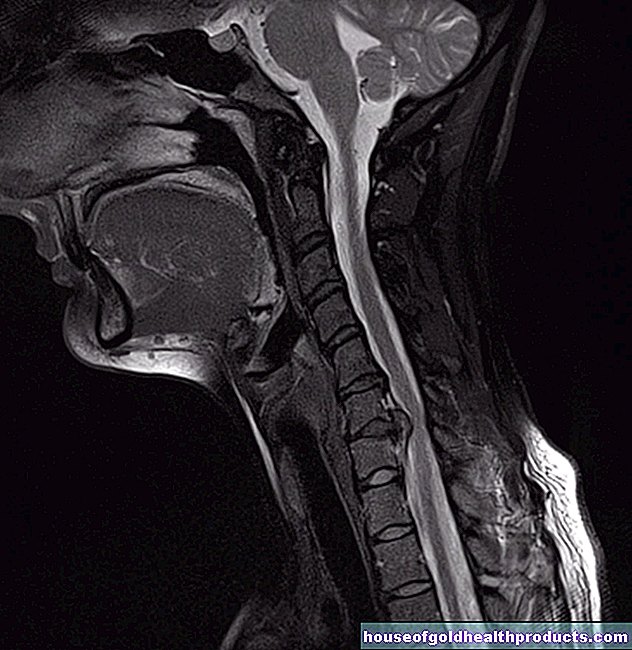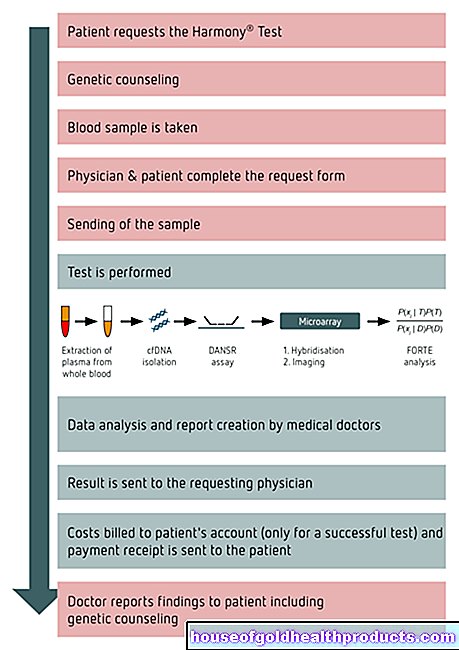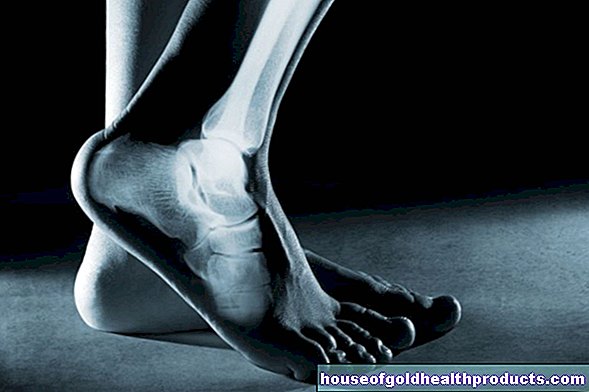Liposuction
Dr. med. Philipp Nicol is a freelance writer for the medical editorial team.
More about the experts All content is checked by medical journalists.Liposuction is the surgical removal of fatty tissue. Cosmetic reasons often play a role. Read everything about liposuction, when it is performed, what risks it entails and what you need to consider after the procedure.

What is liposuction?
During liposuction, excess fat is sucked off using a cannula. It has been used since the 1970s - it is now one of the most common cosmetic operations in Germany, with up to 200,000 operations per year. A distinction is made between various liposuction techniques:
- Moist liposuction / tumescent liposuction: liposuction after rinsing with a mixture of drugs for local anesthesia, adrenaline and bicarbonate. This technique is the means of choice for liposuction.
- Dry liposuction: liposuction without prior irrigation
Ultrasound treatments soften the fatty tissue and make the subsequent suction easier. These include "Power Assisted Liposuction" (PAL), "Ultrasound-assisting aspiration lipectomy" (UAL) and "Vibration-assisted liposuction" (VAL).
Theoretically, every part of the body offers the possibility of liposuction. However, the thighs and abdomen are the most common areas.
When do you perform liposuction?
Liposuction is suitable for removing cosmetically annoying fat deposits. Legs, hips or thighs ("saddlebags") are the most commonly treated. Liposuction can be used:
- in the case of pathological, non-nutritional fat tissue proliferation (e.g. lipedema, tumor- or hormonal-related)
- as preparation for plastic surgery ("flap mobilization")
- for fat production during autologous fat transplantation (e.g. scar correction)
Liposuction should not be performed in the following diseases:
- Embolism, phlebitis, wound healing disorders, diabetes mellitus
- Blood coagulation disorder or use of anticoagulant drugs (ASA, Marcumar, heparin, etc.)
- Inflammation or scarring in the surgical area
- very overweight (BMI over 35)
- various psychiatric illnesses
Cellulite, which is often present, can usually not be reduced by liposuction. The dents on the skin can even increase after an operation.
Liposuction for overweight
Liposuction alone is not suitable for weight loss and is not a substitute for diet or exercise. It primarily has cosmetic effects.
There are now indications that the removed fat can be reproduced in excess. The mechanism behind this is unclear. Presumably, the hormonal signals that continue to exist due to the previous obesity are responsible for the renewed build-up of fat. The best way to change this is to change your diet and exercise more!
What do you do with a liposuction?
Take your time choosing an experienced doctor. Often these are plastic surgeons or dermatologists. For example, read testimonials on the Internet or ask those affected. Discuss the exact scope of the liposuction with your doctor. State your wishes and ideas clearly, only then can he assess whether this goal can realistically be achieved.
As with all other plastic surgery procedures, you should refrain from smoking and taking blood-thinning medication for liposuction two weeks before the operation.
Before the operation, the doctor will use a pen to mark the appropriate areas for liposuction (thighs, abdomen, etc.) on your skin. During liposuction, a cannula is then pushed into the fatty tissue through a small incision in the skin. Then rinsing liquid is injected in a ratio of 1: 1 to the extracted fat.
While the anesthetic contained in the rinse is working, the bicarbonate causes the fat cells to burst open, making suctioning easier. The adrenaline decreases blood loss. After an exposure time of approximately one hour, the fat and liquid are sucked off. In total, no more than four liters of fat should be sucked off.
Ask your attending physician whether an anesthetist will accompany the operation, who can intervene quickly in the event of complications - especially if you are having the liposuction performed on an outpatient basis. The procedure takes between 20 minutes and two hours.
What are the risks of liposuction?
The likelihood of complications depends, among other things, on the amount of fatty tissue removed. Local anesthetics and adrenaline can impair the functioning of the cardiovascular system. Injuries to abdominal organs and blood vessels can lead to infections and embolisms. The number of deaths in the USA is around 1 in 5,000 interventions; no clear data are available for Germany. Research has shown that deaths were often due to the following errors:
- poor hygiene with subsequent infections
- Too large amounts of sucked fat (over 4000 ml in one procedure)
- poor management of complications (insufficient monitoring during and after surgery)
Therefore, before the procedure, make sure
- that the surgeon only sucks off the desired amount of fat (because the surgeons are often remunerated depending on the amount of fat extracted)
- that you have the procedure carried out in a practice or clinic, where you will be monitored 24 hours after the procedure.
In addition, liposuction can lead to scarring, bleeding, bruising, increased darkening of the skin (hyperpigmentation), nerve injuries and wound healing disorders. Up to 20 percent of the interventions result in cosmetically unsatisfactory results (e.g. asymmetrical skin level with a "cobblestone" -like appearance).
What do I have to consider after a liposuction?
A compression bandage or sturdy girdle is placed on the operating table. This allows the skin to contract better after the procedure. In addition, the bandage prevents the cavities created during liposuction from filling with tissue fluid or other visible after-effects.
You should be monitored 24 hours after the operation so that you can intervene quickly in an emergency. Bleeding after the operation may not be immediately apparent. Signs of this may include dizziness, weakness, nausea, sweating, or racing heart, especially when you sit up. See a doctor right away if you experience these symptoms after liposuction.
Do not drive your car immediately after the operation. You should avoid full baths for a few weeks. Physical exertion and sporting activities should also be suspended for about four weeks, especially in the case of major interventions.
After one to two weeks, the doctor will carry out the first check-up and remove the stitches. Another cosmetic check follows after three to four months, when the greatest possible skin shrinkage has occurred. It can take four to six months for the final result to be visible.
Liposuction always carries a risk. If you let yourself be treated by a recognized specialist, liposuction can lead to cosmetically good results!
Tags: news anatomy skin care

